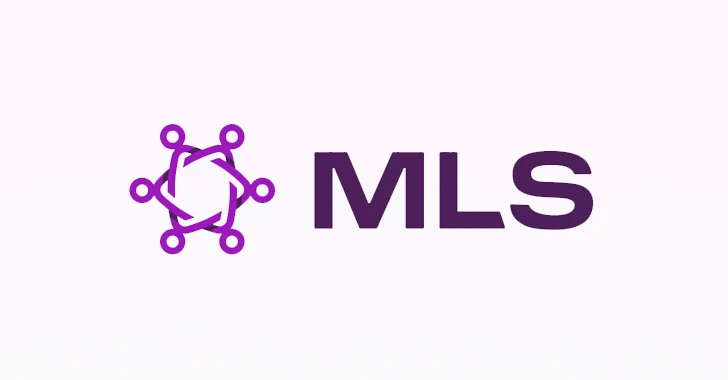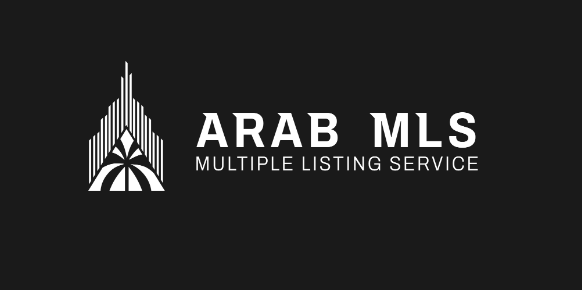The rent-to-own model, once a niche segment of the housing market, has gained popularity among aspiring homeowners and savvy landlords alike. For landlords, offering rent-to-own properties can attract a broader pool of tenants, reduce vacancy rates, and create a path to long-term investment returns. However, success in this space hinges on using the right tools—particularly the Multiple Listing Service (MLS)—to market, manage, and maximize rent-to-own opportunities.
This article explores how MLS tools can be leveraged effectively by landlords offering rent-to-own homes, offering a roadmap for both visibility and operational efficiency.
What Is Rent-to-Own?
Rent-to-own (RTO), also known as lease-option or lease-to-own, is an agreement where a tenant rents a property with the option to purchase it later, typically within 1 to 5 years. The agreement usually includes an upfront option fee and higher-than-market rent, with a portion of the rent sometimes credited toward the purchase.
This model benefits:
-
Tenants who may not qualify for a mortgage yet.
-
Landlords seeking committed tenants and an eventual sale.
Why MLS Still Matters in the Rent-to-Own Market
Despite the rise of rental platforms like Zillow, Realtor.com, and Facebook Marketplace, the MLS remains a powerful distribution channel. It serves as the central hub for real estate listings and syndicates to most major property search websites. For rent-to-own landlords, MLS tools offer:
-
Wider Exposure – Listing rent-to-own properties on MLS expands visibility to agents, buyers, and tenants who may not consider traditional rental platforms.
-
Agent Collaboration – Realtors can help connect landlords with pre-qualified tenant-buyers.
-
Professional Presentation – MLS platforms support high-quality listings with detailed descriptions, professional photos, virtual tours, and more.
-
Credibility – MLS listings convey legitimacy and reduce skepticism, which can be common in rent-to-own deals.
Key MLS Tools and Features for Rent-to-Own Landlords
Here are the most useful MLS tools and features landlords can use to market and manage their rent-to-own properties:
Custom Listing Remarks and Search Tags
MLS platforms allow for customized remarks. Highlighting rent-to-own availability in the public and agent remarks increases the chances of your listing appearing in filtered searches. Use terms like:
-
“Lease-to-own opportunity”
-
“Seller financing options available”
-
“Flexible purchase timeline”
MLS Syndication
Once listed, the MLS typically syndicates your property across platforms such as Zillow, Redfin, and Trulia. This multiplies your visibility while keeping your listing data consistent and up-to-date.
DOM Tracking (Days on Market)
MLS tracks the number of days a property has been listed. For rent-to-own properties, this metric helps evaluate interest levels and guide pricing adjustments.
ShowingTime Integration
Many MLS systems integrate with ShowingTime or similar tools to schedule viewings. This streamlines tenant-buyer tours and helps track viewing activity, providing valuable feedback to the landlord.
Market Reports & Comparables (CMAs)
Before listing a rent-to-own property, use MLS comparative market analysis (CMA) tools to determine a competitive price and estimate future value—key for setting fair option prices.
Document Hosting
Upload lease-option agreements, property disclosures, inspection reports, and more. Making documents available through MLS builds trust and shortens the sales cycle.
Tips for Using MLS Effectively as a Rent-to-Own Landlord
Work with a Real Estate Agent Familiar with RTO
Not all agents understand rent-to-own. Partner with one who has experience navigating lease-option agreements and can appropriately represent the deal on MLS.
Write Clear, Buyer-Friendly Descriptions
Clearly describe the terms of the rent-to-own arrangement in the listing, such as:
-
Monthly rent
-
Option fee
-
Purchase price (or how it will be calculated)
-
Credit toward purchase (if any)
Transparency builds confidence and reduces unnecessary inquiries.
Stay Compliant with Local and Fair Housing Laws
MLS listings must comply with all legal requirements. Rent-to-own agreements can be complex, and misuse of terms could raise legal red flags. Make sure your agreements are vetted by a real estate attorney.
Offer a Virtual Tour
Today’s MLS platforms often support 3D walkthroughs and virtual tours. These tools are particularly valuable for out-of-town renters looking for RTO options in new markets.
MLS Alternatives and Complementary Tools
While MLS is central, landlords should also consider supplementary tools:
-
Zillow Rental Manager – Allows custom listing types and lease-to-own notes.
-
Facebook Marketplace & Craigslist – Useful for direct marketing with controlled messaging.
-
Property Management Software – Tools like Buildium, RentRedi, and Avail help with tenant screening, lease generation, and rent collection.
-
RTO Marketplaces – Platforms like Divvy Homes, Landis, and Home Partners of America specialize in RTO models and sometimes syndicate to MLS.
Final Thoughts
The rent-to-own model offers a win-win scenario: tenants move toward homeownership, and landlords tap into a stable, motivated tenant base. To stand out and succeed, leveraging MLS tools is not optional—it’s essential.
From broader listing exposure to streamlined operations and legal safeguards, the MLS offers a robust ecosystem for landlords who want to attract serious tenant-buyers and execute smooth transactions. Pair it with the right tech stack and a knowledgeable agent, and you’ll have the foundation for a profitable rent-to-own strategy.
Frequently Asked Questions
How can I list a rent-to-own property on the MLS if it’s not a traditional sale or rental?
To list a rent-to-own (RTO) property on the MLS, you’ll typically classify it as a residential lease or for sale with special terms. Many MLS systems do not have a dedicated “rent-to-own” category, so it’s crucial to clearly state in the remarks section (both public and agent-only) that the property is available as rent-to-own.
For example, include language such as:
“Unique lease-to-own opportunity! Seller open to flexible purchase terms after 12 months. Monthly rent includes a credit toward purchase price.”
Work with a licensed real estate agent who can navigate local MLS rules and ensure the listing complies with state and local regulations. Also, upload supporting documents (e.g., option agreement terms) if your MLS allows.
What information should I include in an MLS listing for a rent-to-own property?
Your listing should be transparent and detailed to attract qualified tenant-buyers and reduce confusion. Include:
-
Monthly rent amount
-
Option fee (if applicable)
-
Rent credit details (e.g., “$300/month applied toward purchase price”)
-
Option period (e.g., 12-36 months)
-
Purchase price or how it will be determined
-
Minimum qualification criteria (income, credit score)
-
Maintenance responsibility (tenant or landlord)
-
Any seller financing terms (if available)
This level of detail not only helps potential tenant-buyers assess fit but also helps agents determine if it suits their clients.
How does MLS help me attract serious tenant-buyers for a rent-to-own property?
The MLS increases visibility by broadcasting your listing to a wide network of real estate agents and consumer-facing platforms like Zillow, Realtor.com, and Redfin. Serious tenant-buyers often work with agents to find long-term housing options, and those agents rely on the MLS to find matches.
Benefits of MLS include:
-
Reaching pre-screened, mortgage-prep buyers who may just need time to qualify.
-
Appearing in filtered searches with terms like “lease purchase,” “lease-option,” or “seller will finance.”
-
Creating a trusted and legitimate image of your offering compared to listings on Craigslist or Facebook alone.
Can I use MLS tools to screen tenant-buyers for a rent-to-own property?
Not directly. MLS is primarily a listing and marketing tool, not a tenant screening platform. However, some property management software integrates with MLS or allows you to link screening tools within your listing description.
To screen tenant-buyers:
-
Use software like Avail, RentPrep, or Buildium to run background and credit checks.
-
Ask pre-screening questions upfront through your agent or application portal.
-
Consider working with an agent experienced in lease-option contracts who can help you vet serious, mortgage-minded tenants.
MLS gets them in the door; screening tools and follow-up processes qualify them.
Can I adjust the rent-to-own terms after the MLS listing goes live?
Yes, but updates should be made immediately to maintain transparency and avoid misrepresentation. Your real estate agent can edit the MLS listing at any time to reflect:
-
New rent amount
-
Changes in option fee
-
Expiration of the option offer
-
New purchase price or terms
-
Additional incentives (e.g., rent credits)
MLS tracks changes and logs timestamps, so consistency and clarity are essential. Any updates will automatically push to syndicated platforms.













